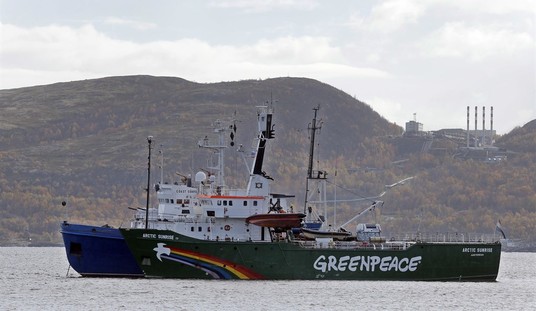This is a missive from the White House late last year.
Today, the Department of Energy announced that we’ve hit another milestone on our path to a more secure energy future. In October, domestic oil production exceeded crude oil imports for the first time since 1995, while petroleum net imports were the lowest since February 1991. For energy, the last two decades have been a story of resurgence and regaining control of our energy security, and this achievement underscores the changes in how we produce and use energy.
But how did we get from 1995 to today? The actions that President Obama and his Administration have taken to reduce our reliance on foreign oil play a significant role in this story. One of the very first actions the President took to implement his energy and climate strategy was to direct the Environmental Protection Agency and the Department of Transportation to work with the auto industry to develop new fuel economy standards for cars and trucks…
At the same time, new technology, driven in part by research at the Department of Energy, has helped to unlock new domestic energy supplies in places like North Dakota and Texas. This month, oil production hit a 24-year high, bucking a trend that saw more nearly two decades of decline and slipping production.
This, however, is information from a report released by the Congressional Research Service this week, via the Daily Caller:
Oil and gas production has stalled on federal lands for the third year in a row under the Obama administration, despite booming energy production on private and state lands, according to a new government report.
The Congressional Research Service (CRS) says that the share of oil and gas production coming from federal lands have plummeted from 2009 to 2013. Oil production on federal lands fell by 11 percent over this time period and natural gas production fell by 28 percent.
Federal onshore oil production fell for the third year in a row, while offshore oil production increased slightly — just enough to increase total oil production by 15,300 barrels per day in 2013 above 2012 levels.
But total federal oil production is still 316,800 barrels per day below 2010 levels of 1,975,100 barrels per day. …
Last year, the Obama administration sold the lowest amount of oil and gas leases since 1988 and approved the fewest drilling permits since 2002.
Cliffs-notes version: The United States has been undergoing a transformative energy boom that has completely revamped our production prospects, diversified our resources portfolio, and reduced our net greenhouse gas emissions in a matter of just a few short years while consistently acting as one of the main drivers of our otherwise listless economy — no thanks to the Obama administration. They sort of blithely want us to think that a major chunk of the illustrated decline in oil imports is because of the overwhelming excellence of their fuel efficiency standards and their amazing ethanol policies, but c’mon. The best that can be said of their policies is that they haven’t gotten too eager to actively impede the energy boom taking place on private and state lands, reluctantly allowing it to proceed while accruing justifications for more regulation, and allowing production on federal lands to remain almost-but-not-quite static. Yes, the private-sector boom is doing pretty darn well all on its own, but there are direct economic opportunity costs to effectively shelving the many possibilities for greater production on the third of the surface area of the country the federal government owns, not to mention offshore drilling to boot.









Join the conversation as a VIP Member